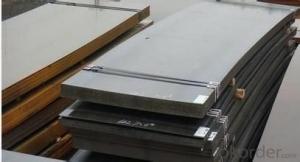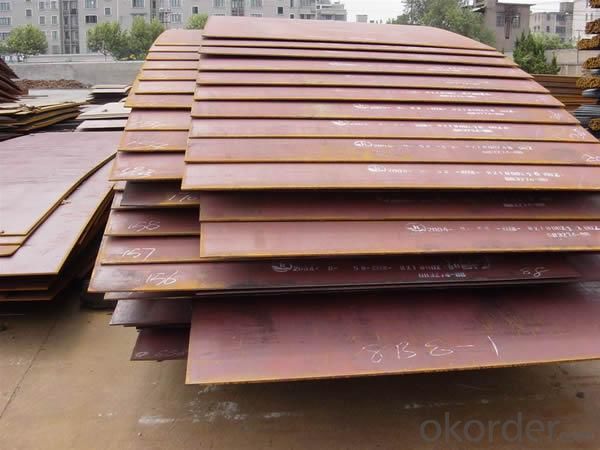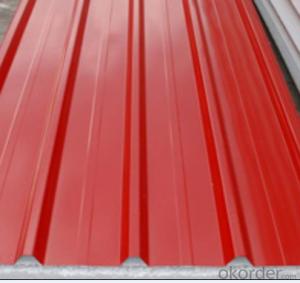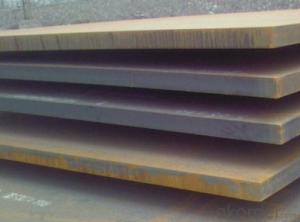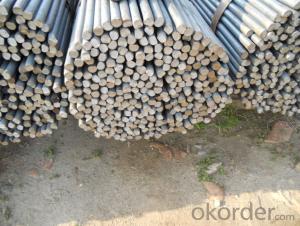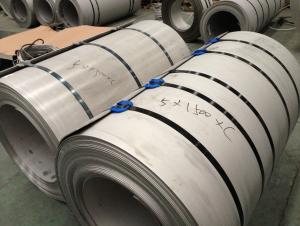Hot Rolled Steel Plate for Construction and Container
- Loading Port:
- Tianjin
- Payment Terms:
- TT OR LC
- Min Order Qty:
- 500 m.t.
- Supply Capability:
- 5000 m.t./month
OKorder Service Pledge
OKorder Financial Service
You Might Also Like
Specification
1. Product Description
The Billets as raw materials, through furnace heating, high-pressure water to reduce the phosphorus, then entering the roughing mill, cutting head, end, and then put into the finishing mill, cutting the edge, after the times of straightening, leveling and other finishing line treatment, and then cutting board or coil becomes the hot rolled steel sheet and hot rolled steel coil.
2. Main Features
Characteristics of hot rolled steel hot-rolled steel is a high temperature heating and rolled steel, hot rolled product has high strength, good toughness, easy to processing molding and good weldability and other excellent properties, which are widely used in ship, automobile, Bridges, buildings, machinery, pressure vessels and other manufacturing industries.
3. Excellent Product Image
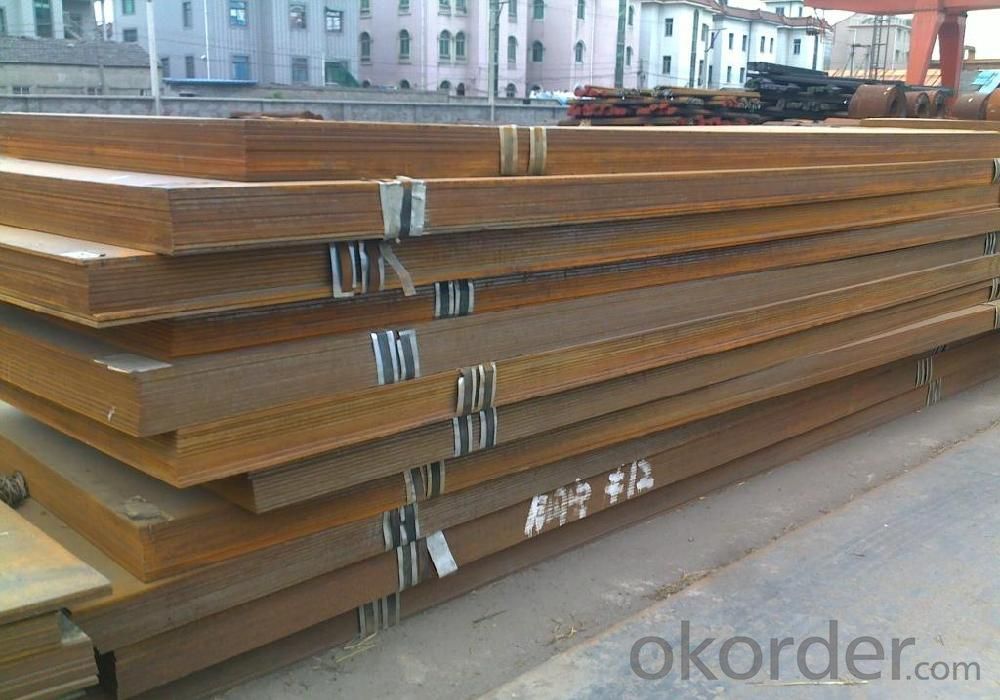
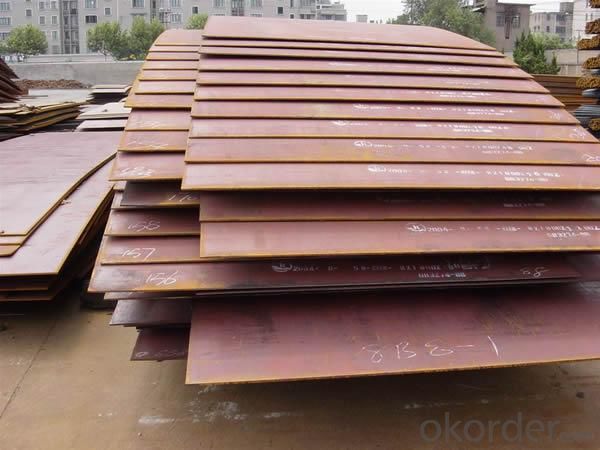
4. Application
Our hot-rolled steel coil and sheet are applied to a wide range of uses such as automobile, electrical appliance, machinery manufacturing, container manufacturing, shipbuilding, bridge, pipeline, and receive high acclaim from our customers for its excellent quality.
1, the general structure of the steel structure steel production and steel welded structure, it is mainly used for steel structures, Bridges, ships, the production of vehicles.
2, weathering steel add special elements (P, Cu, C, etc.), has good corrosion resistance and atmospheric corrosion resistance, is used in the production of the container, special vehicle, also used for building structures.
3, the structure of the automobile stamping steel has good performance and weldability of high strength steel plate, used in production of automobile FRAME, WHEEL, etc.
4, hot rolled steel General mechanical structure with carbon steel, alloy steel, tool steel, after heat treatment engineering used in the production of various kinds of machinery parts and components
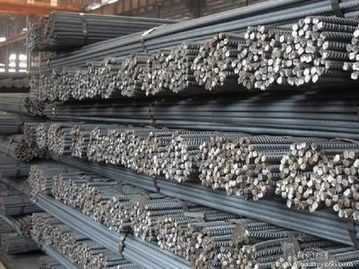
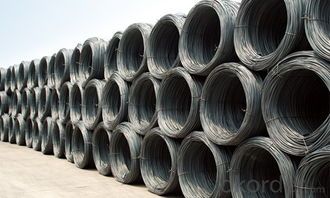


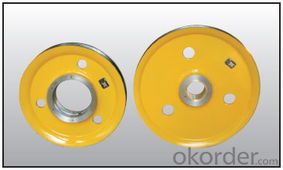
- Q: Can steel sheets be used in transportation applications?
- Yes, steel sheets can be used in transportation applications. Steel is a strong and durable material that is commonly used in the construction of various transportation vehicles and components, including automobiles, ships, airplanes, and trains. Its high strength-to-weight ratio, ability to withstand harsh environmental conditions, and versatility make it an ideal choice for transportation applications.
- Q: Can the steel sheets be used for magnetic shielding?
- Yes, steel sheets can be used for magnetic shielding due to their high magnetic permeability, which helps to redirect and absorb magnetic fields.
- Q: Can steel sheets be used for window frames?
- Yes, steel sheets can be used for window frames. Steel is a durable and sturdy material that can provide structural strength and resistance to weather conditions, making it suitable for window frame construction.
- Q: Are steel sheets resistant to radiation or electromagnetic interference?
- Yes, steel sheets are generally resistant to radiation and electromagnetic interference due to their high electrical conductivity and ability to block or attenuate electromagnetic waves.
- Q: Are the steel sheets suitable for solar panel mounting?
- Yes, steel sheets are suitable for solar panel mounting. They provide strong support and durability, making them an ideal choice for securely mounting solar panels on various surfaces.
- Q: What is the maximum length of a steel sheet?
- The maximum length of a steel sheet can vary depending on various factors such as the manufacturing capabilities of the steel mill, transportation limitations, and customer requirements. However, in general, steel sheets can be produced in lengths ranging from a few feet to several hundred feet. Industrial-sized steel mills are capable of producing exceptionally long steel sheets, often exceeding 100 feet or more. These extended lengths are typically utilized in large-scale construction projects, such as bridges, industrial buildings, or shipbuilding. However, it is essential to note that the maximum length of a steel sheet is subject to practical constraints, such as the size of transportation vehicles or the limitations of handling equipment. Therefore, while it is possible to manufacture steel sheets of considerable length, practical considerations may restrict the maximum length that can be effectively utilized in different applications.
- Q: Are the steel sheets suitable for automotive body repairs?
- Indeed, automotive body repairs can be effectively carried out using steel sheets. Given its exceptional strength and durability, steel is widely utilized in the automotive sector. This material exhibits remarkable resistance to impact and contributes significantly to the structural integrity of the vehicle's body. Consequently, steel sheets are frequently employed in the restoration of impaired or dented body panels, facilitating a flawless repair that reinstates the vehicle's original form and robustness. Moreover, steel sheets can be effortlessly manipulated and molded to correspond precisely to the unique contours of the vehicle, guaranteeing a meticulous and precise restoration.
- Q: Can the steel sheets be cut easily?
- With the correct tools and techniques, steel sheets can be easily cut. Despite its strength and durability, steel can still be cut through methods like shearing, sawing, or by utilizing plasma or laser cutting machines. The ease of cutting steel sheets is influenced by factors such as thickness and the particular type of steel employed. Generally, thinner sheets are more manageable to cut compared to thicker ones. Moreover, employing suitable cutting tools and adhering to safety precautions will guarantee a seamless and effective cutting process.
- Q: How do steel sheets perform in terms of sound absorption?
- Steel sheets are not known for their sound absorption capabilities. They tend to reflect and resonate sound rather than absorb it, making them less effective in reducing noise.
- Q: What is the difference between a pre-annealed and full hard steel sheet?
- A pre-annealed steel sheet is a steel sheet that has undergone the annealing process. This process includes heating the steel to a specific temperature and then cooling it slowly. By doing so, internal stresses in the steel are relieved and its ductility and workability are improved. Consequently, pre-annealed steel sheets possess greater formability and are more easily shaped and manipulated compared to their non-annealed counterparts. On the flip side, a full hard steel sheet has not been subjected to the annealing process and maintains its original hardness and strength. These sheets are commonly used in applications that necessitate high strength, durability, and resistance to deformation. They are less ductile and more rigid, which makes them suitable for situations where shape retention and stiffness are crucial, such as in automotive components or structural supports. In conclusion, the primary distinction between pre-annealed and full hard steel sheets lies in their formability and strength characteristics. Pre-annealed steel sheets are more malleable and easier to shape, while full hard steel sheets offer greater strength and rigidity. The choice between the two depends on the specific requirements of the application and the desired balance between formability and strength.
Send your message to us
Hot Rolled Steel Plate for Construction and Container
- Loading Port:
- Tianjin
- Payment Terms:
- TT OR LC
- Min Order Qty:
- 500 m.t.
- Supply Capability:
- 5000 m.t./month
OKorder Service Pledge
OKorder Financial Service
Similar products
Hot products
Hot Searches
Related keywords
